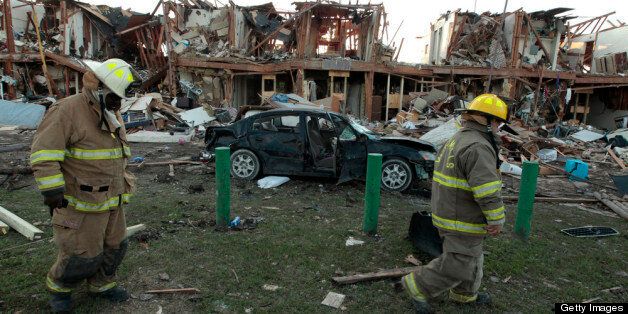
On the night of Dec. 2, 1984, Union Carbide's plant in Bhopal, India exploded. Approximately 3,000 people were killed immediately. At least another 8,000 died in the days and weeks following. It was and remains one of the worst industrial disasters on record.
Union Carbide bore the brunt of the blame since it owned 50.9 percent of the plant. The remainder was owned by an Indian subsidiary.
The causes of Bhopal have been well-documented. Basically, the efforts to stem a financial crisis led to an even worse one.
In order to stop the plant from losing money, the decision was made to cut costs. This resulted in letting some of the most experienced operators go. Other experienced operators who were demoralized left of their own accord. As a result, mainly inexperienced personnel were left to operate the plant. Furthermore, those who remained suffered from increased job pressures due to reduced personnel. This further lessened morale that was already dangerously low to begin with.
In addition, the plant was initially poorly designed. It was also poorly maintained. All of these factors combined to produce a gas explosion when an inexperienced operator opened the wrong valve allowing water into a tank. The resulting chemical reaction produced a dangerous gas, methyl isocyanate, which spewed into the surrounding slums that had been allowed by the Indian government to crowd up next to the plant.
The surrounding community had not been prepared in any way for a disaster of this or any other kind. All they knew was that the plant produced a kind of fertilizer. If they had been warned of the potential danger, they would have known that since methyl isocyanate is heavier than air, the best thing to do was to lie down on the ground with a wet rag covering one's eyes, nose, and mouth.
The explosion that occurred recently in the town of West, Texas does not even begin to approach the enormity of Bhopal. Nonetheless, while the numbers of people killed -- 14 -- and injured -- 200 -- may not match Bhopal, one death and injury is one too many.
While the causes of the explosion of the fertilizer plant in West, Texas are still under investigation, one ugly fact stands out. Like Bhopal, homes and schools were allowed in to be built and remain in dangerous proximity to the plant. Furthermore, the people were not aware of the danger to which they were subject.
In my over 30 years of studying and consulting with crises and disasters of all kinds, one key finding emerges time and again. The major causes of all crises and disasters are due to individual operator errors, misjudgments, poor decisions, and faulty organizational priorities. Yes, technology breaks down, but more often than not, this is the end result of human actions and inactions. Technology doesn't operate itself. People not only operate it, but organizations set priorities for its maintenance and safety. More than we acknowledge, pressures to get stuff out the door in order to generate profits typically override concerns for safety.
But I believe something even deeper is responsible as well. The ways in which we teach business and engineering students is outmoded, even dangerous. In the late 1950s when I went to engineering school, social science was only taught superficially, if at all. Worse, it was regarded as an "inferior subject" not worthy of the time of engineers. It wasn't a "real science" like physics and engineering. The same attitude largely prevails in business schools where I have spent over 45 years in my teaching career. It's not that there aren't courses on people and organizations, there are of course. The trouble is that they are not taken seriously by far too many students and faculty.
Although some engineering schools have tried to teach engineering and behavioral science together, especially as they affect the design and operation of dangerous technologies, I don't believe they've gone far enough. Behavioral science is not just a "nicety" to add to the curriculum; it's absolutely essential.
The "solution," if there is one, does not lie in more "interdisciplinary courses" -- although they are certainly helpful -- but in the fundamental recognition that it is a false philosophy to begin with that separates technology (the physical world) and people (the social world). As Russ Ackoff, systems thinker extraordinaire and one of my philosophical mentors put it, "Nature is not organized in the same way that universities are." Until we learn this, and even more act on it in the design and management of organizations, we'll see more Bhopals and West Texas'.